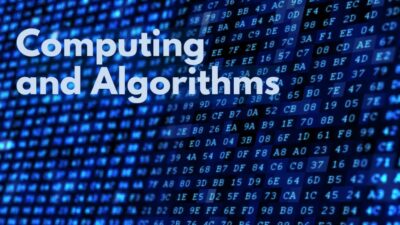This article explains how the National Institute of Standards and Technology (NIST) maintains accurate time standards, which are essential for defining Coordinated Universal Time (UTC). NIST-F1, a highly precise cesium fountain clock, serves as the U.S. primary frequency standard, with an uncertainty of less than 1 part in 10¹⁵. NIST uses a real-time time scale called AT1, which combines data from multiple atomic clocks to maintain a stable frequency. UTC(NIST) is then generated as an offset from AT1, adjusted periodically to align with UTC as determined by the BIPM (International Bureau of Weights and Measures).
The article also outlines how UTC(NIST) is calculated using specific parameters (xls, x, and y) that account for time offsets and frequency differences between UTC(NIST) and AT1. These values are updated monthly, with adjustments limited to ±2 nanoseconds per day. Leap seconds are applied to UTC(NIST) but not to AT1. The process ensures that time and frequency measurements remain accurate and consistent, supporting applications like global communications, navigation, and scientific research.
Keywords: frequency standard, atomic time scale, UTC(NIST)



